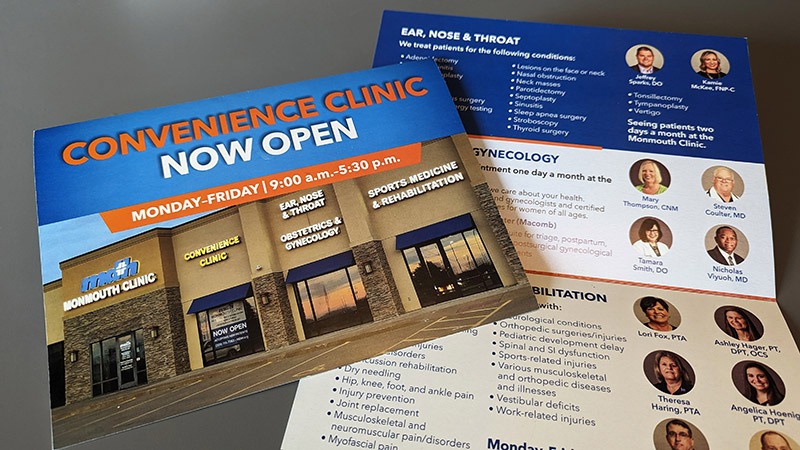Most businesses, small and large, are aware that the business powers-that-be require you to have identity statements in order to truly be recognized as a functional company. Well, OK—that’s a significant exaggeration. But mission and vision are something you probably have, and I bet they’re also something your company often takes for granted.
So, what is all the fuss about, and what do you do if your identity statements are off?
A mission statement does two things simultaneously: it gives a business something to strive towards, and it helps introduce it to the rest of the world. To accomplish this, your mission needs to be both specific and clear. Let’s compare the two samples below:
We build Gr-r-reat brands and make the world a little happier by bringing our best to you. (Kellogg’s, 2008)
To build a place where people can come to find and discover anything they might want to buy online. (Amazon, 2008)
Both mission statements listed above are concise, easy to read, and catchy. Both would look great framed and hanging on a wall. However, if you didn’t already know that Kellogg’s made breakfast cereal, including the Frosted Flakes touted by Tony the Tiger who says, “They’re gr-r-reat!”, would you have any idea what the company did? And is it possible to measure the happiness of the world based on breakfast cereals? And if I am your employee, what do I need to do to meet the criterion of your mission statement?
Conversely, Amazon’s statement not only tells you what the company does, but it lets customers and employees know the future they are striving for. Mission statements should state the purpose of your company.
To be the most successful computer company in the world at delivering the best customer experience in markets we serve. (Dell)
This mission statement is short and sweet—a positive. It lets the brand’s employees know that customer service gets the highest priority—also good. However, it’s full of business marketing jargon, and what does it really say? If you took the word computer out, would you have a take-away about this company’s purpose?
Lesson: Be specific about why your company exists and what gives it value. Use it to inspire or encourage your employees with an attainable goal.
Distribute a possible mission statement to your employees and ask for their input with the question, “Does this statement accurately reflect our company?” The result: a more comprehensive statement that your employees are invested in because they helped to create it.
Lesson: Test it. Use it.
Use it—don’t just hang it on the wall to gather dust. Your mission statement should accurately represent your company culture. Maintain it. Refer to it. Incorporate the themes of the statement into the day-to-day running of your business.
Revisit it regularly and make any necessary changes. Your mission statement should constantly parallel the direction of your company. If your business has adapted due to changes in the market, bring your mission statement up to speed. It may help to think about your mission statement from your customers’ perspective. Then, measure your success by the goals listed in your statement. Do so, and your mission statement will be an ongoing, inspiring tool.
A vision statement should be written to define where your company is headed in the future. It does not focus on what you do, but pinpoints what you represent. Your vision statement can be a few words long, or unfold over a few paragraphs.
A good vision statement should be a powerful tool to keep your employees on track. It is designed to be internally focused, while mission statements should speak to both an internal audience and your external stakeholders.
- Microsoft (summary vision statement): There will be a personal computer on every desk running Microsoft software.
- Nike, 1960: Crush Adidas.
- Nike, today: To be the number one athletic company in the world.
- Avon: To be the company that best understands and satisfies the product, service and self-fulfillment needs of women—globally.
If you are writing a new vision statement, follow these helpful tips:
- Be future-focused, projecting five to ten years ahead
- Center on success
- Find the right balance between dreaming big and attainability
- Don’t edit out passion and emotion



